Zambia's Solar Energy Market Development and Inverter Recommendations
 Nov 09,2024
Nov 09,2024

 XINDUN
XINDUN
Africa is the world's second largest continent, with 54 countries and population of 1.3 billion, accounting for 15% of the world's population. It has great potential for economic and industrial development, but Africa's power generation accounts for only 3% of the world's power generation, and nearly 600 million people still do not have access to electricity. Africa is the continent with the richest solar energy in the world, but the proportion of PV installed capacity is very small, comprising only 1% of the continent's energy mix.
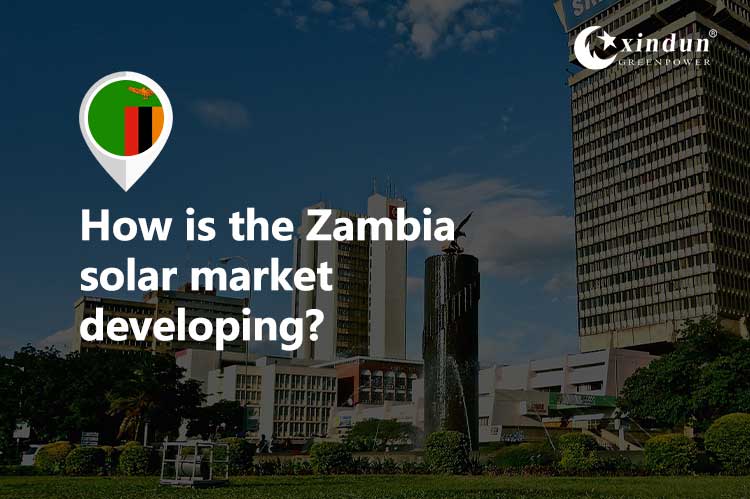
In many Africa countries, power shortages and outages have become the norm, with nearly half of the population lacking access to electricity. This indicates a vast, untapped market potential for solar power generation in Africa. Taking Zambia as an example, power outages last between 14 and 17 hours daily. In this article, Xindun will focus on the development of Zambia’s solar market, providing an in-depth analysis of Zambia's solar PV potential from various perspectives. This market analysis aims to support distributors interested in entering Zambia’s solar inverter market.
I. Zambia's Power Structure
Zambia's power generation structure is primarily based on hydropower, supplemented by other forms of energy. With abundant water resources, hydropower is Zambia’s main source of electricity, accounting for approximately 80% of its supply. According to data from CEIC, Zambia’s power generation reached 19,399 GWH in 2022, but dropped slightly to 19,373 GWH in 2023. This heavy reliance on hydropower makes Zambia’s electricity supply highly susceptible to extreme weather conditions, especially droughts and inadequate rainfall during the rainy season, which lower water levels at hydroelectric stations and severely impact power supply. In addition to hydropower, Zambia has developed solar, wind, and other renewable energy projects on a limited scale, though these currently account for a small proportion of the total. However, Zambia is now actively expanding its renewable energy sector.
II. Severe Power Shortage in Zambia
Zambia is currently facing a severe power shortage. As of the latest news on August 15, 2024, water levels at the reservoir of Zambia’s largest hydropower station continue to drop, leaving only about 10% of the water available for power generation. This has resulted in an estimated power deficit increase of 300 MW. Zambia’s current total installed capacity is 3,777 MW, while the national average peak demand remains at 2,400 MW. However, the available generation capacity averages only 890 MW, leaving a power gap of 1,510 MW. Zambia’s power utility, along with other electricity traders, is importing 496 MW of electricity from the Southern African region, but the total power shortage remains above 1,000 MW.
Due to insufficient rainfall during the 2023-2024 rainy season, reservoir levels have dropped significantly. In March this year, Zambia’s power utility announced an 8-hour daily load-shedding schedule, which has gradually been extended. From September 1, Zambia's load-shedding period will increase from the current 14 hours to 17 hours per day. In response to this power crisis, the Zambian government is encouraging investment in alternative energy sources, particularly solar energy.
III. Rising Electricity Prices in Zambia
Electricity prices in Zambia have traditionally been relatively low. However, due to recent droughts that have reduced water levels for hydropower generation, Zambia's national power utility has adjusted electricity tariffs accordingly. According to Zambian media reports from August 18, 2024, the utility plans to expand the current tariff brackets and implement separate adjustments for residential and commercial electricity consumers.
For residential electricity use, the lifeline tariff for the first 100 kwh remains unchanged. Proposed increases range from 50% to 156%, affecting approximately 44% of Zambian households (417,365 households). The first and second-tier rates will remain the same to avoid additional financial burden on low-income families.
For commercial electricity use, rates will remain unchanged for consumption up to 500 kwh. However, for consumption above 500 kwh, tariffs will increase, with proposed adjustments around 39%.
While the unchanged lifeline tariff will prevent additional costs for low-income households, residents exceeding this consumption threshold may see significant increases in their electricity bills. This price hike also raises operating costs for local businesses, especially high-consumption enterprises, potentially impacting their normal operations.
On the other hand, rising electricity prices could stimulate investment in Zambia’s solar market. The combination of rising tariffs and power shortages is likely to accelerate the adoption of residential solar projects, such as solar inverters, solar power systems, and solar panels, in Zambia.
IV. Surging Demand in Zambia's Solar Energy Market
Zambia, a landlocked country in southern Africa, boasts abundant solar resources with long hours of sunshine and high radiation intensity year-round. The annual average solar radiation in Zambia ranges between 4.5 and 6.0 kWh/m². While Zambia’s energy supply primarily relies on hydropower, this has positioned solar energy as one of the most promising renewable resources in the country.
According to the United Nations Environment Programme (UNEP) 《Global Status Report on Renewable Energy 2022》, Africa’s off-grid solar product sales reached 7.4 million units in 2021, making it the largest market globally. East Africa led in sales, with 4 million units, while Central and Southern Africa saw significant growth, with Zambia’s sales rising by 77% year-over-year. In Africa, household solar power systems accounted for 17% of the total, approximately 1.3 million units. This data from 2021 indicates the sharp increase in Zambia’s solar power market demand, which surged further following the pandemic. As one of Africa’s most solar-rich countries with a strained power supply, Zambia shows vast market potential for solar energy as a green, clean, renewable, and sustainable energy source.
At a related conference held on June 26, 2024, in Lusaka, Zambia, Mutanda Mwewa, President of the Zambia Solar Energy Association, urged the government to introduce favorable policies, including zero VAT on products like inverters and VAT and customs duty exemptions for DC-powered refrigerators and freezers. If the government approves the association’s proposals, these products will soon become readily available in the solar market.
Zero Tax Rate on Solar Energy Products in Zambia
According to a Zambia media report dated October 11, 2024, the Zambian government has implemented a zero tax rate on solar products- 《Zambia Expresses Concern Over Increase in Counterfeit Solar Products in the Market, Zambia's Minister of Small and Medium Enterprise Development, Elias Mubanga, stated that the government is working tirelessly to ensure affordable solar products are accessible to the public. The zero tax rate on solar products reflects the government’s hope that vendors will treat customers fairly. The government has expressed concern about vendors overpricing solar products for the public and indicated that, in the future, policies may be introduced to regulate solar products through certification, ensuring that people have access to safe, quality-assured solar products. Companies selling solar products need to adhere strictly to regulations and provide products at affordable prices to help alleviate energy shortages.
This demonstrates the growing demand for solar products among the Zambian public. Particularly in the face of severe energy shortages, solar energy—being a clean and renewable power generation source—is set to become a hopeful solution for the electricity needs of many Zambian households and businesses.
V. Influence of Chinese Solar Inverter Manufacturers in Zambia
At the opening ceremony of the 8th China-Africa Entrepreneurs Conference on September 6, 2024, it was emphasized: “Want to develop solar energy? Your best partners are in China!” Facing power shortages, Zambia remains overly reliant on hydropower. Acknowledging China's technological expertise, Zambia’s president urged African entrepreneurs to strengthen technical cooperation with Chinese companies, stating, "Who is the ideal partner in the energy sector? Who can provide the best solar power technology? It is your Chinese counterparts!"
China leads globally in solar inverter shipments, driven by a highly developed manufacturing ecosystem and efficient supply chain management. This advantage translates into highly cost-effective, high-performance solar inverters in a wide range of prices, diverse products, comprehensive solutions, and reliable quality with constant technological innovation. Such strengths make Chinese companies the top choice for Zambian solar distributors and traders. Chinese solar inverter manufacturers not only bring advanced technology and products to Zambia but also offer localized operations and customized services to meet specific market needs.
In recent years, more Chinese companies have entered the Zambian solar market, providing high-quality inverter products and services for local solar PV projects. For example, Xindun Power, a company with strong global recognition and reputation, has deepened its presence in the African market for years. In Zambia, numerous local distributors represent Xindun Power’s solar inverters and related products. In the first three quarters of 2024 alone, Xindun Power exported over 20,000 inverters and nearly 1,000 solar systems to Zambia, providing stable and reliable power for local households and businesses, thereby enhancing their daily electricity supply. Xindun Power’s inverters have received enthusiastic feedback from distributors and customers alike in Zambia.
VI. Off-Grid Solar Power Systems Suitable for Zambia
With a population of 20.57 million, Zambia currently has an electricity coverage rate of only 25%, while in rural areas, the rate drops below 5%. Reliable electricity is essential for industrial growth, and without a stable power supply, economic development cannot proceed. Furthermore, access to electricity directly impacts people’s daily lives—frequent and prolonged outages significantly lower quality of life. Given Zambia's severe energy shortage, how can the electricity issue be effectively addressed? Solar power systems offer an excellent solution, and off-grid solar systems, in particular, are well-suited for many households and businesses in Zambia.
Solar power systems are generally divided into three types: off grid, on grid, and hybrid systems.
An off-grid solar power system is an independent setup that doesn’t rely on the public grid, making it ideal for supplying power to homes or small communities beyond grid reach. The system uses solar panels to convert sunlight into electricity and stores the power for nighttime use. When powering household appliances, the direct current (DC) produced by the solar panels or stored in the battery is converted to alternating current (AC) via a solar inverter to meet the power requirements of various devices.
Off Grid Solar Power Systems Require Energy Storage
Off-grid solar power systems must be equipped with storage batteries, offering the significant advantage of independent power generation, unaffected by grid failures or outages. This makes off-grid systems highly practical in remote areas or places lacking grid coverage, such as rural or mountainous regions. For Zambian residents frequently impacted by power shortages and outages, an off-grid solar power system is an essential and highly suitable choice. Especially in a country abundant in solar resources, off grid systems can provide reliable, stable power, improve electricity access, enhance quality of life, and eliminate concerns about outages.
On Grid Solar Power Systems
On Grid solar power systems convert the direct current (DC) generated by solar panels into alternating current (AC) via a on grid inverter, which is then fed into the public grid, allowing for energy sharing and distribution. This setup allows users to sell excess energy to the grid and access power from the grid as needed. The main advantage of a on grid system is its ability to interact with the grid, offering a potential for power complementarity. As on grid systems do not require additional storage equipment, they are ideal for urban and industrial areas with strong grid coverage and high power demand and are suitable for large national PV projects. However, on grid solar systems are not ideal for most Zambian households, as they need a public grid connection to operate. In the event of a grid outage, the system stops working, cutting off power supply to the home. Additionally, on grid systems typically lack battery storage, making them unusable during power outages, cloudy days, or at night.
Hybrid Solar Power Systems
Hybrid solar power systems combine the advantages of both off grid and on grid systems. They allow for the sale of excess power to utility companies while still providing power to households via battery storage during grid outages. Both the grid and solar energy can charge the batteries, offering high flexibility. This setup enables self-generation, surplus power export, and maximized use of solar energy, effectively increasing solar energy utilization efficiency.
VII. Recommended Off-Grid Solar Inverters for Zambia
A solar inverter is a power conversion device primarily responsible for converting the direct current (DC) generated by solar panels and batteries into alternating current (AC), meeting the power needs of residential, industrial, and commercial applications. As one of the core components of a solar power system, the performance and quality of the inverter directly impact the efficiency and stability of the entire system. Given Zambia’s ongoing energy shortages, off-grid solar inverters are highly suitable for the majority of Zambia users.
As a professional Chinese manufacturer of solar inverters, Xindun Power offers a range of off-grid solar inverters to meet the demands of Zambia’s solar market. Here are some recommended off-grid solar inverters from Xindun Power that are particularly well suited for the Zambian market:
Xindun HFP On Grid And Off Grid Hybrid Solar Inverter
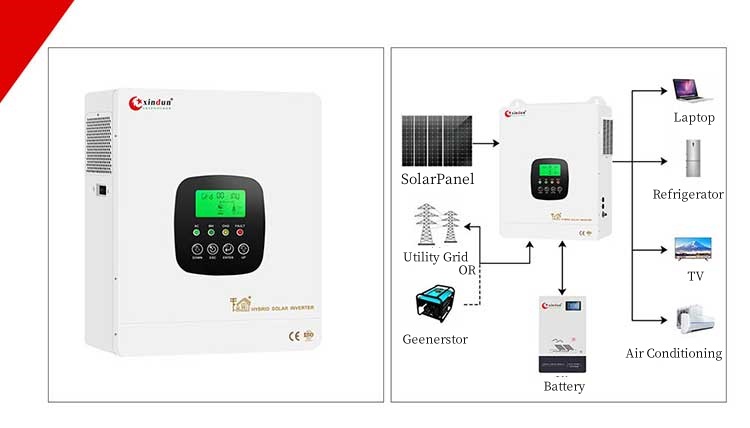
Xindun HFP On Grid And Off Grid Hybrid Solar Inverter (1.3KW-12.3KW, DC 12V/24V/48V to AC 220V/230V/240V)
The Xindun HFP inverter is a high-frequency, bidirectional storage design hybrid inverter suitable for both off grid and on grid applications. It prioritizes solar energy usage, storing surplus solar energy in batteries or feeding it back to the grid, while supplementing power from the grid or batteries when solar energy is insufficient. With a high-frequency pure sine wave output and conversion efficiency of up to 94%, it adapts to various load types, ensuring stable and reliable performance. This inverter maximizes solar power usage, supporting both on grid and off grid modes, and offers a hybrid mode option. It also supports batteryless operation and BMS communication for lithium batteries, making it a versatile choice that meets both off grid and on grid needs. The HFP model has become a popular choice in Africa, particularly due to its functionality and adaptability.
Xindun LS Solar Inverter
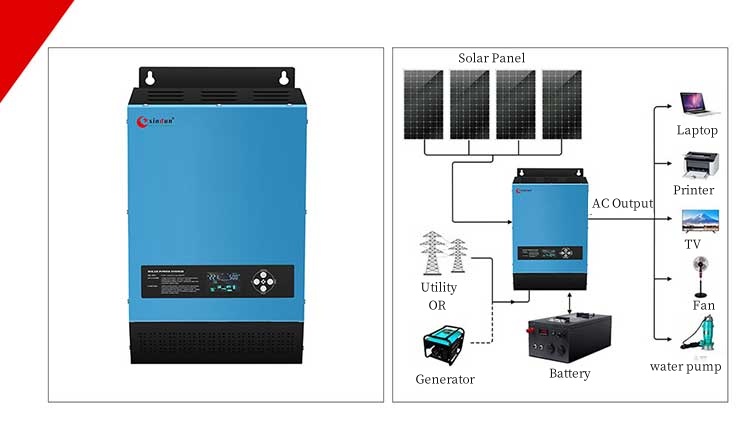
Xindun LS Solar Inverter (1000W-6000W, DC 12V/24V/48V to AC 110V/120V/220V/230V/240V)
The Xindun LS solar inverter is a high-performance and stable off-grid inverter featuring a low-loss toroidal transformer, which provides energy-efficient inversion. With a low-frequency pure sine wave output, it delivers power quality comparable to grid electricity, ensuring stable power for connected devices. The output voltage and frequency are adjustable, allowing it to adapt to various grid conditions and meet different load requirements. Equipped with a built-in MPPT controller, this inverter can meet the demands of diverse applications. Designed for both industrial and residential use, its wall-mounted design makes installation easy, and it is suitable for a wide range of applications. Known for its practicality and reliability, the Xindun LS solar inverter is one of the top-selling low-frequency off-grid inverters in Africa. Since its launch, over 150,000 units have been exported to Africa, making it highly popular in this market.
Xindun HP PLUS+ Solar Inverter
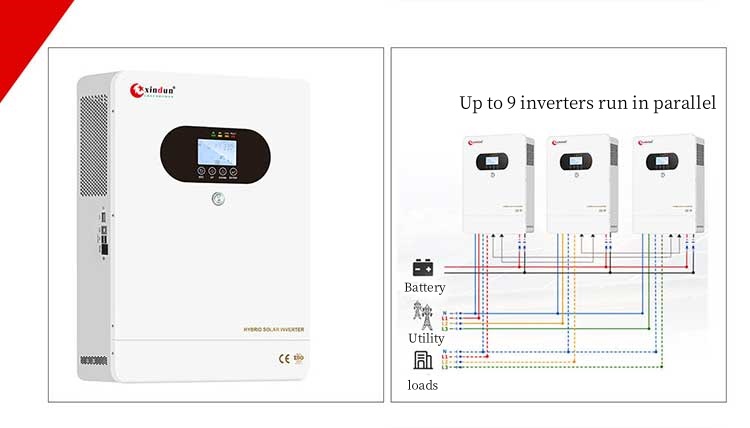
Xindun HP PLUS+ Solar Inverter 5000W, DC 48V to AC 208V/220V/230V/240V
Xindun HP PLUS+ Solar Inverter has parallel function, which can parallel power, three-phase and grid. The single unit has 5000W power, and can run up to 9 units in parallel. The single unit capacity of 5000W can be expanded to 10KW/15KW/20KW/25KW/30KW/35KW/40KW/45KW to meet your future needs for power expansion. High-frequency pure sine wave output, stable and reliable output, support batteryless operation mode, support single-phase/three-phase output, on grid feeding function can be set, built-in mppt controller can be mixed with solar energy and city electricity for intelligent allocation. In recent years, more and more customers in Africa and the Middle East are looking for solar inverters with parallel function.
Xindun ESS-Li All In One Solar Power Generator
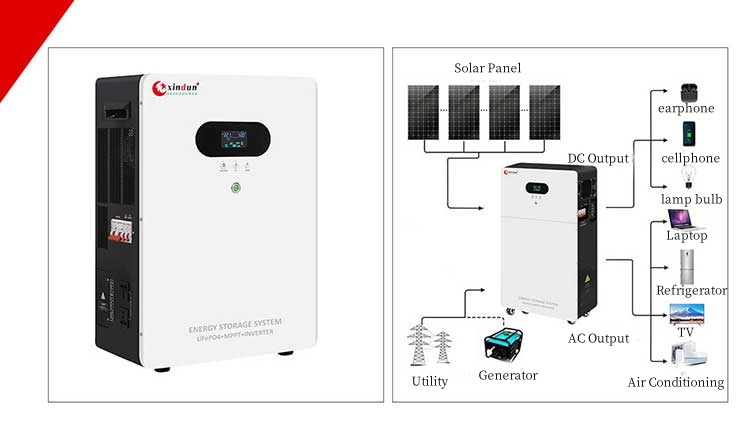
Xindun ESS-LI All In One Solar Power Generator 300W-7000W, DC 12V/24V/48V to AC 110V/120V/220V/230V/240V
Xindun ESS-LI all in one solar power generator is a portable, plug-and-play, easy to install solar inverter generator. It adopts an all in one design and integrates a solar controller, inverter, and lithium battery into an integrated inverter-controlled energy storage machine, which simplifies the installation and use process of the system and is more convenient to use. It adopts a low loss power frequency transformer, efficient inverter conversion, and low frequency sine wave output, providing powerful and stable output capabilities to ensure the stable operation of the equipment. It provides a variety of output type interfaces to support AC sockets, round hole DC sockets (12V) and DC USB sockets (5V) DC output to meet the types of plug-in ports for different devices. It uses LiFePO4 lithium iron phosphate batteries, which charge faster and store more energy efficiently. It supports three charging methods, and can be charged by pv/mains/generator.
Xindun HDSX Three Phase Solar Inverter
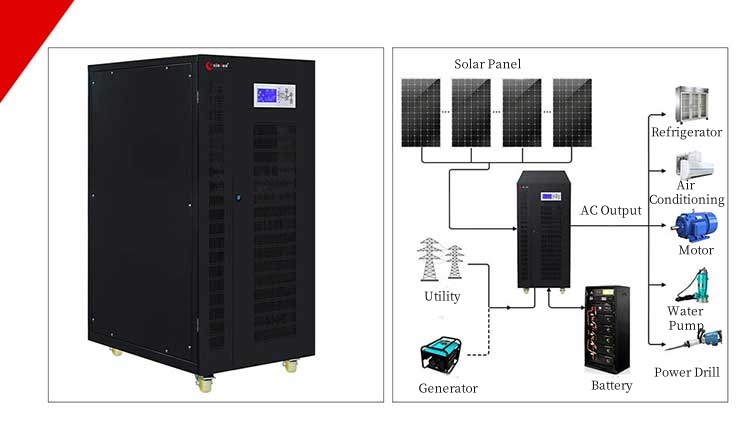
Xindun HDSX Three Phase Inverter 3.2kW-160kW, DC 48V/96V/192V/384V to AC 380V/400V
The Xindun HDSX three-phase solar inverter is highly suitable for industrial and commercial use, meeting the typical needs of Zambia industrial and commercial users who require high power, stable output inverters. This three-phase solar inverter is specifically designed to handle high power, high load industrial applications, offering excellent conversion efficiency and stable output performance. Equipped with three-phase input and output, it is compatible with various battery configurations to cater to diverse power needs, seamlessly adapting to complex and demanding industrial environments to provide reliable power assurance for business users. Additionally, the Xindun HDSX three-phase solar inverter includes a UPS function: under normal grid conditions, it stabilizes and supplies grid power to the load while simultaneously charging the battery. When a power outage occurs, it instantly converts the battery’s DC to AC via the inverter, ensuring continuous and reliable power support.
VIII. Xindun Power - Solar Inverter Manufacturer
Founded in 2006, Xindun Power is a specialized manufacturer of solar power systems, dedicated to innovation and R&D in solar inverters. As Chinese solar inverter manufacturer, Xindun has earned the trust and praise of global customers through its exceptional product quality and technical expertise. Xindun’s solar inverters are now exported to over 100 countries and regions worldwide, making it a trusted choice and manufacturing partner for many international distributors.
Xindun offers a wide range of solar products, including solar inverters, solar controllers, lithium batteries, and solar power systems. Xindun not only meets the standard needs of customers, but also provides customized production according to specific requirements, offering comprehensive services from product design and manufacturing to after sales support.
Rich Product Line: Xindun provides a diverse and full-spectrum product lineup, including on grid and off grid hybrid inverter, low frequency / high-frequency inverters, all in one solar power generator, three-phase solar inverters, covering power specifications from 300W to 160KW. Additionally, Xindun offers MPPT/PWM solar controllers, solar panels, lithium/lead-acid batteries, and other solar power system products, which meet the needs of the Zambia solar market.
Customized Solutions: Xindun provides one-on-one customization services, tailored to the specific needs of the Zambia solar market, creating personalized OEM products for local dealers to stand out in the market and fulfill customer expectations for product customization. We offer not only products, but also one-stop solar solutions, providing customers with high quality solar inverters and systems.
Outstanding Quality and Innovation: Xindun continues to increase investment in research and development, constantly launching innovative technological products. Choosing Xindun means staying ahead of industry trends, gaining a competitive edge in the local market. While ensuring product quality, we also provide reasonable profit margins for distributors, creating more market opportunities through efficient supply chain management.
Comprehensive Support Services: Xindun offers comprehensive product training, market promotion strategies, and after sales support systems. Regular product knowledge and after sales training sessions are held to help distributors enhance their market influence and after sales service levels, ensuring customers enjoy worry free after sales support and further solidifying your market position.
The above content provides an analysis of the development of the solar inverter market in Zambia. If you are a distributor or trader looking to expand into the Zambia solar inverter market, we hope this article has been helpful. If you wish to cooperate with Xindun or purchase Xindun solar inverters and other products, you can leave your information and requirements in the customer service window at the bottom of our website (http://www.xinduninverter.com). Xindun will contact you as soon as possible during working hours.

 Solar Inverter
Solar Inverter





 Hybrid Inverter
Hybrid Inverter
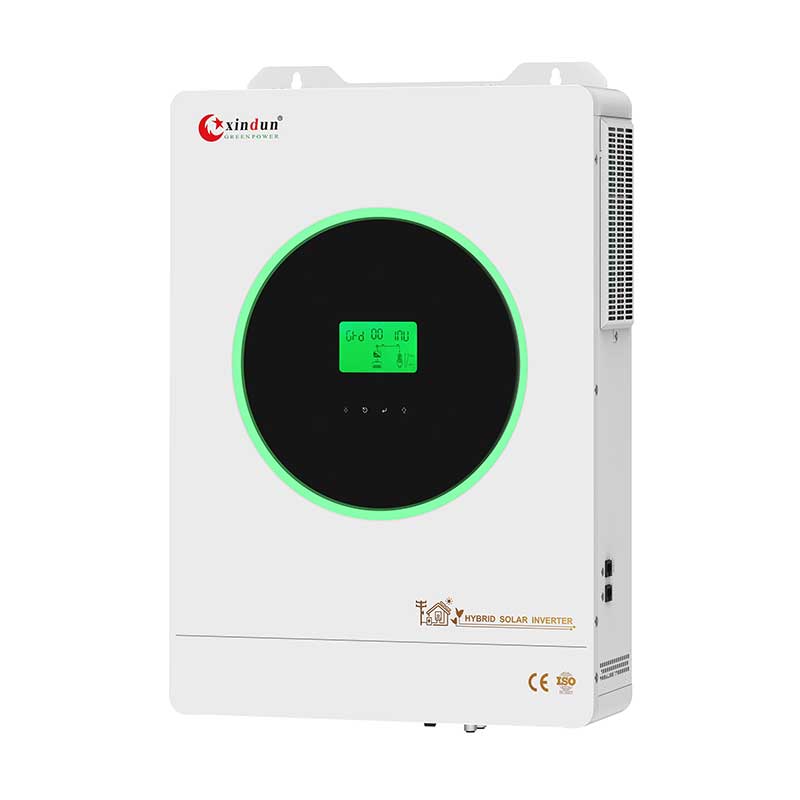
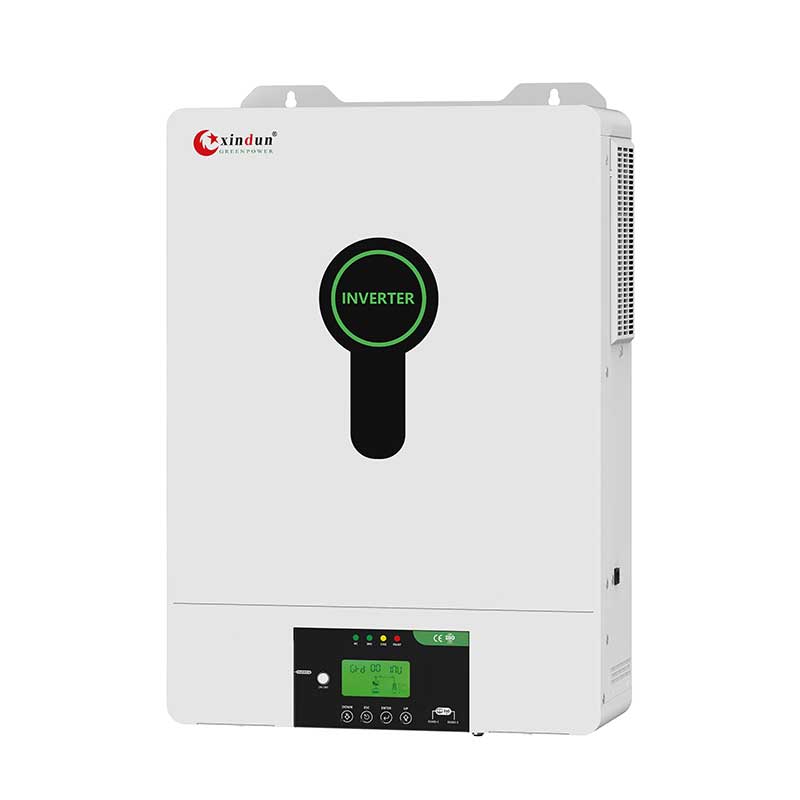


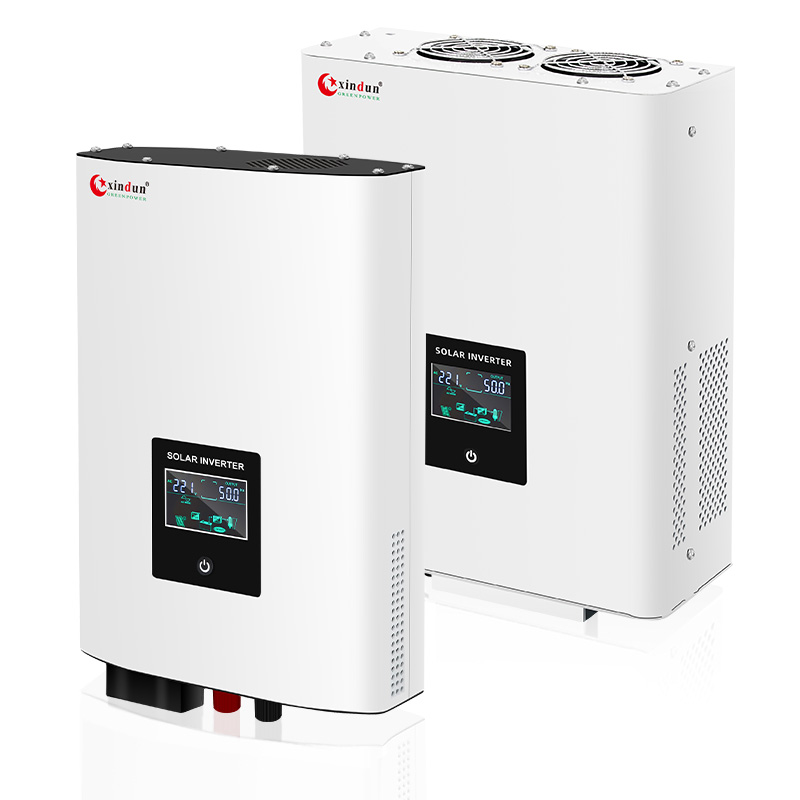
 Power Inverter
Power Inverter
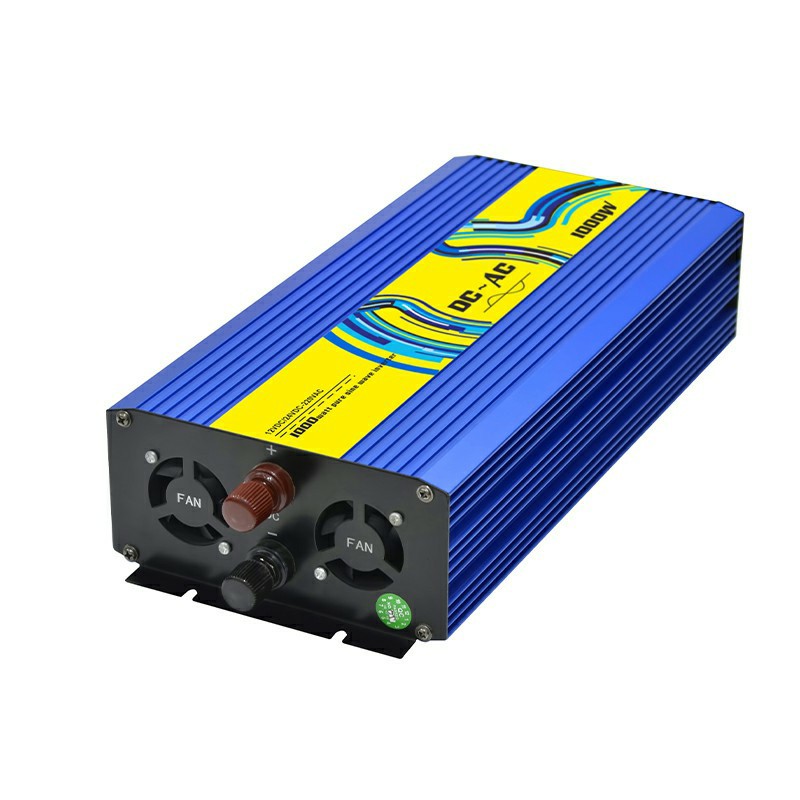


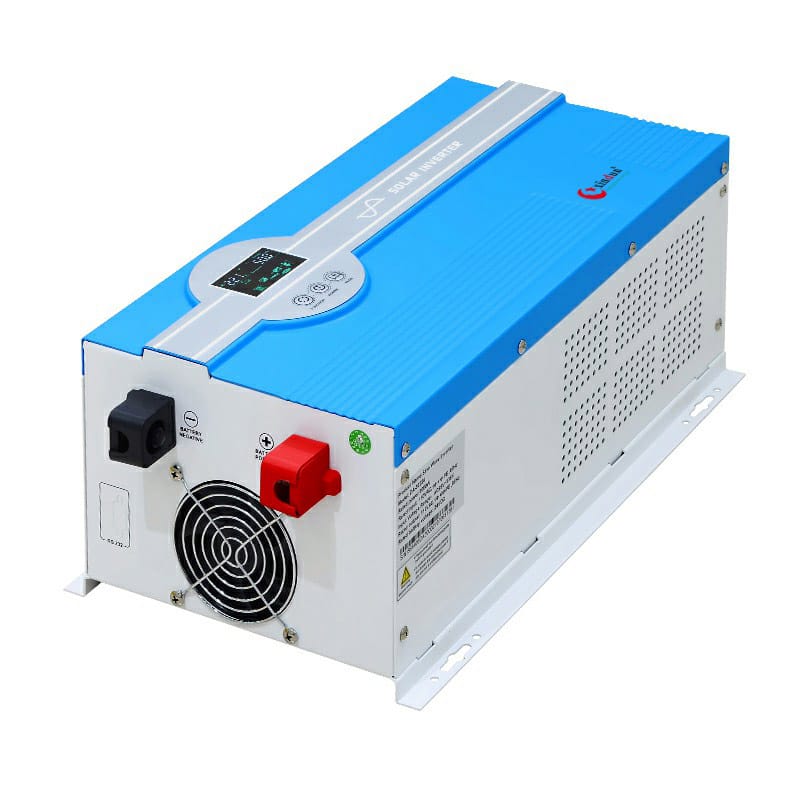
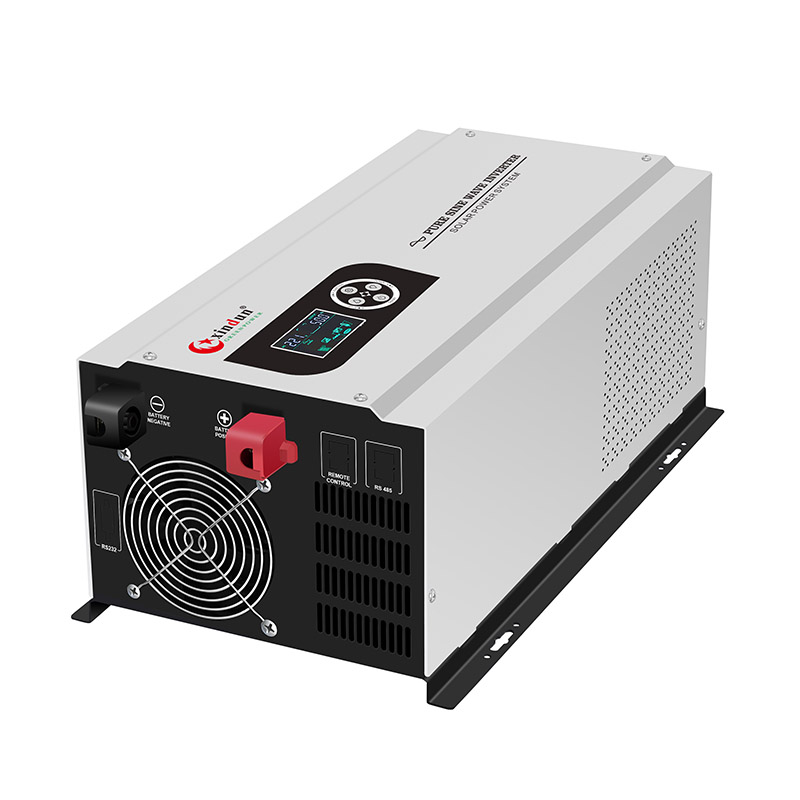
 Split Phase Inverter
Split Phase Inverter

 Energy Storage Inverter
Energy Storage Inverter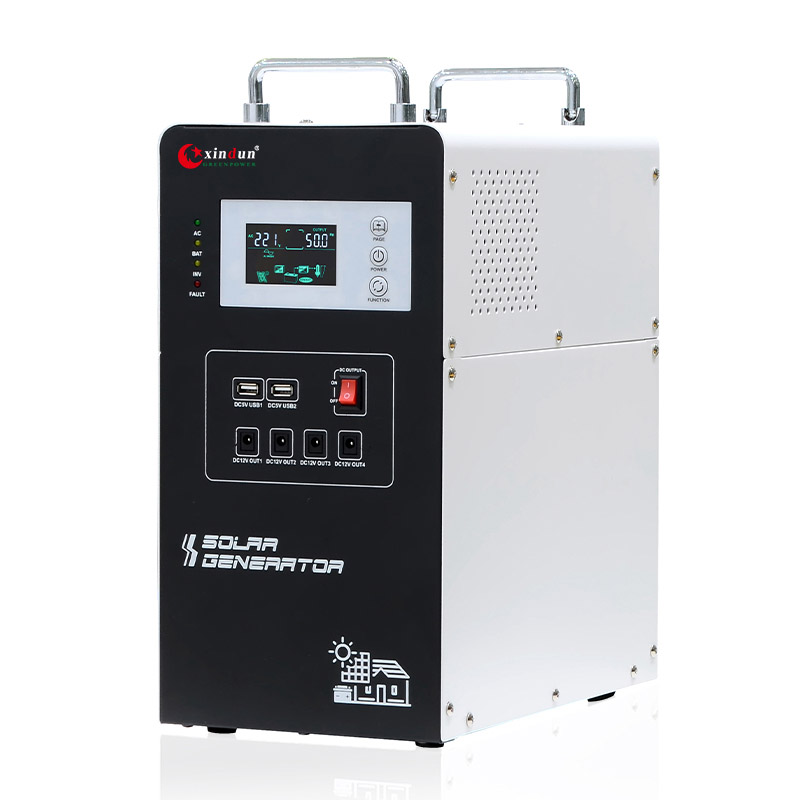




 3 Phase Inverter
3 Phase Inverter
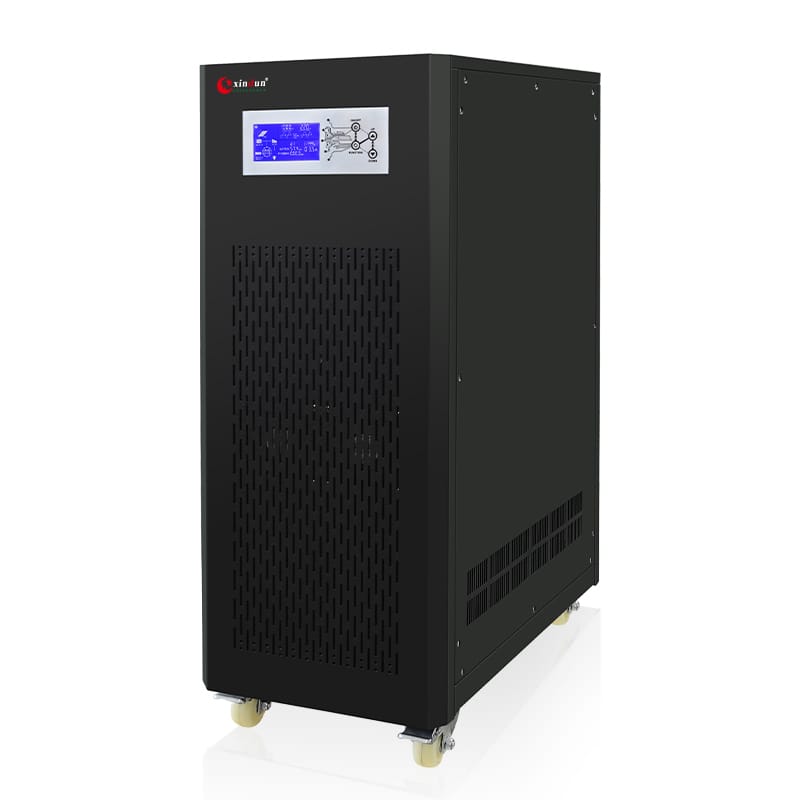



 Solar System Kits
Solar System Kits





 Solar Charge Controller
Solar Charge Controller
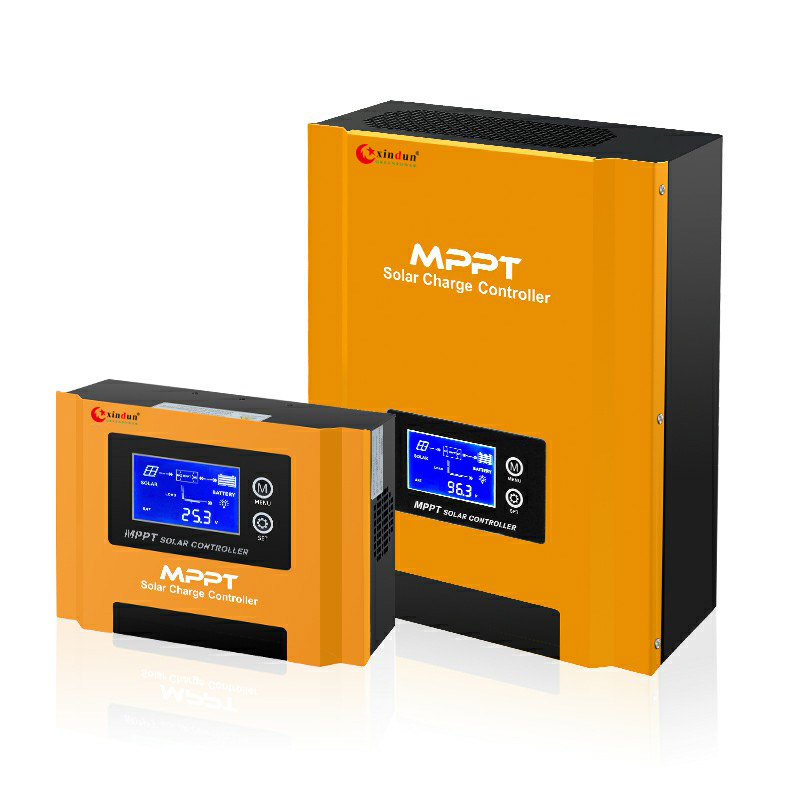

 Solar Battery
Solar Battery



 Asia
Asia
 Africa
Africa



 South America
South America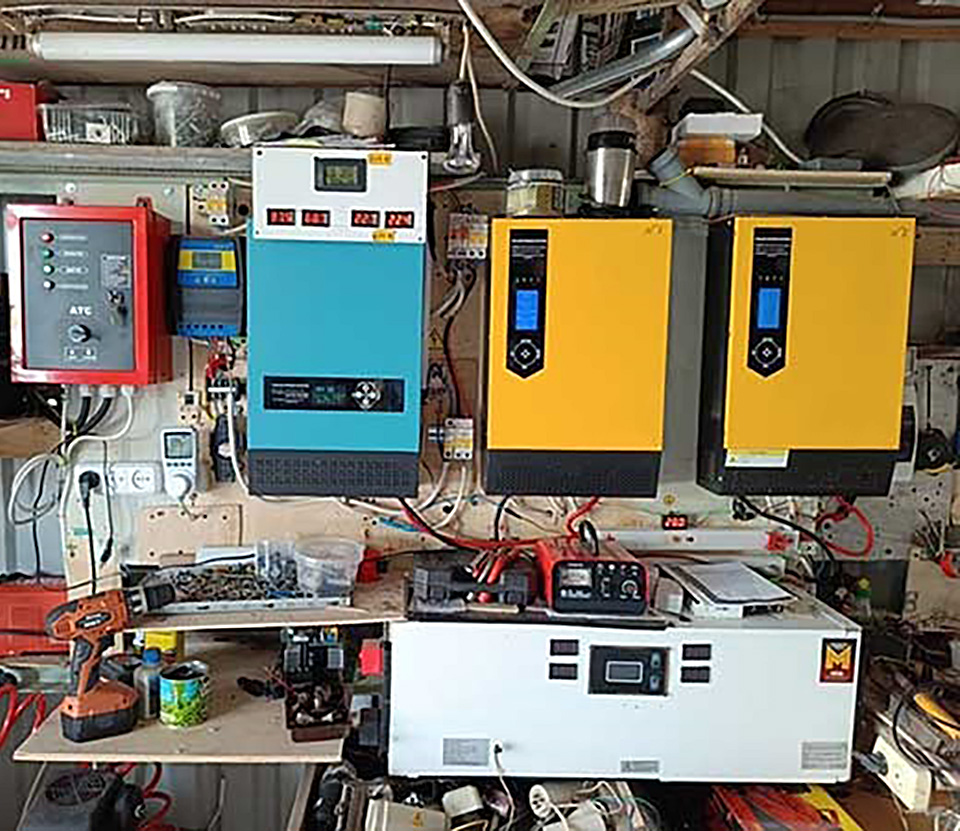
 Europe
Europe

 North America
North America

 Oceania & Antarctica
Oceania & Antarctica










 Home
Home Development Of Solar Power Inverter In The UAE
Development Of Solar Power Inverter In The UAE  Top Selling Products
Top Selling Products














